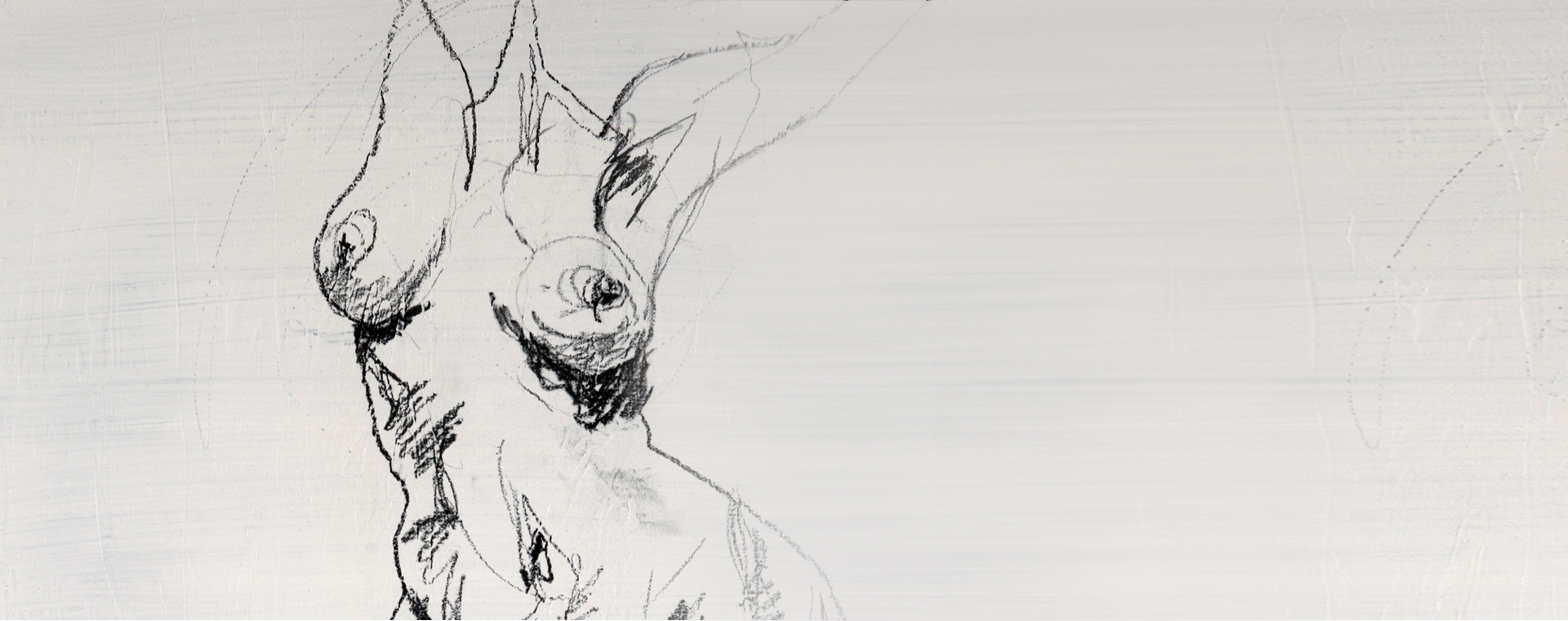DAVID CAMINER
PLASTIC SURGEON
A CONFIDENTIAL ENQUIRY
A CONFIDENTIAL ENQUIRY
A CONFIDENTIAL ENQUIRY
A CONFIDENTIAL ENQUIRY
BREAST reduction (macromastia)
Breast reductions are a very common plastic surgery operation. I perform a lot of these operations. In a nutshell it is a very good operation with great results and universally with very happy patients.
The basic technique of breast reduction moves the nipple areola complex higher up the breast to a more aesthetic position. The breast tissue is then reduced and the new breast recreated around the nipple areola complex.
There are numerous techniques described for performing breast reductions.
One of the most popular breast reduction techniques, which is an inferior pedicle, wise pattern breast reduction technique was first described by a Melbourne Plastic Surgeon in the 1960’s. Over the last one to two decades there have been various techniques described to try and shorten the breast reduction scar. The scar of the inferior pedicle wise pattern technique was a scar around the nipple areola complex a vertical scar extending down the middle of the breast to the infra-mammary fold and then a scar in the infra-mammary fold along the length of the infra-mammary fold.
A female plastic surgeon, Madelline Le Jour described one of the first short scar techniques. This gained some popularity but the technique was a little complicated for various reasons. I do not think it a good technique and never performed any of these.
Another female plastic surgeon in Banff, Canada Elizabeth Hall-Findlay described a short scar technique basing the nipple areola complex on a supero-medial pedicle and removing a lot of the lateral and inferior portions of the breast to reduce the breast.
This technique is much simpler and growing in popularity. I have used this technique over the last 10 years and feel it to be an excellent technique for most breasts. The technique has some good advantages. The shape of the breast I believe is better, the infra-mammary fold is raised a little.
There is a shorter scar (lollipop scar). I use this technique similarly for mastopexy’s while I elevate a flap of breast tissue to augment upper pole of the breast giving the breast more upper pole fullness projection. This can also be applied to breast reductions to augment the upper pole if one has the option of not having to reduce as much breast tissue as possible.
The scars are usually very good and with time fade remarkably.
The operation is usually performed under general anaesthetic. I usually drain my breast reductions, the drains remaining in place for approximately three days. The hospital stay can be a day only procedure or if in hospital depending on the patient they might stay one to three nights the average being two nights. Jumping, running and aerobic activities usually are stopped for four to six weeks but walking and cycling can be permitted as normal.
A few final words
This is a very worthwhile operation with the scars being very acceptable. Patients are universally very happy. There is not a lot of pain and downtime is minimal.
Post Procedure Facts & Advice Send A Confidential Enquiry Meet Dr David Caminer

